Dominican Food: A Delicioso Culinary History
- November 2021
- By Isabelle Banin
- Recipe from Dominican Republic
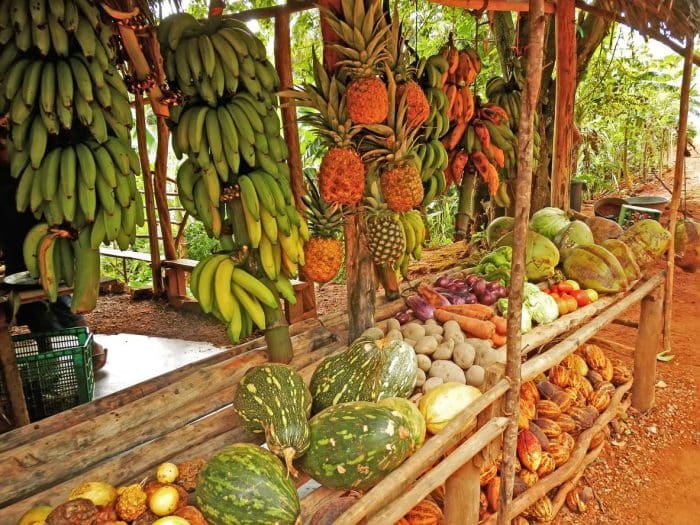
Dominican food is deliciously diverse, with ingredients, techniques and flavors originating from African, indigenous and European cultures—complemented by a hint of Middle Eastern influence, to make this culinary stew even more interesting. (And delicioso.) Consider the sancocho, the Dominican Republic’s national dish. Slow-simmered in an olla with viandas and vegetables (Taino and Africa); beef, chicken and garlic (Spain), the dish reflects three of the four food cultures and serves up the stick-to-your-riñones heartiness for which Dominican cuisine is famous.
Let’s look at these four influences on Dominican comida.
African
In her “Ethnogenesis, Identity and the Dominican Republic, 1844–Present,” scholar Cynthia Marie Douglas researches the enduring impact of African flavors on Dominican food, including the use of African names, such as moro de guandules and mangú. Many of these D.R. dishes are also popular in other parts of Latin America– especialmente in Puerto Rico and Cuba—as a result of shared cultural influences and migration. The variations of distinct and usually made with locally popular ingredients. Por ejemplo, the cooking technique of boiling and mashing plantains (used in both Puerto Rican mofongo and Dominican mangú) was originally used in the West African dish fufú.
Taíno
The Arawak-speaking Taíno indigenous people have been in the D.R. since at least 650 A.D., arriving by sea from Latin America. They were the ones to greet Columbus and his men when they arrived in 1492, although the feeling was not mutual. They suffered much under the Spanish rule. Los españoles adopted some of their food techniques and their culinary influence lives on. Taíno dishes, such as casabe, a starchy “bread” traditionally made from grated yuca, is still eaten in the D.R. today. Ingredients used by the Taíno people still popular today include sweet potatoes, achiote, beans, avocados, and more, reports Zilkia Janer in her research on early Dominican culinary influences, “Latino Food Culture.”
Spanish
The popularity of meat and the cooking base sofrito (or sazón as it’s called in the Dominican Republic) in Latin America come from early Spanish influence. Variations of sofrito are popular throughout the continent and are often responsible for each cuisine’s distinct flavor. In the Dominican Republic, sazón often includes bell peppers, cilantro, culantro, onions, garlic and oregano. However, many families have their own take on this essential sauce.
Middle Eastern
Crunchy-savory on the outside, garlicky meat inside, kipes are the Dominican version of the classic Middle Eastern dish kibbe. Traditional techniques, ingredients and recipes were brought to the D.R. by immigrating Lebanese, Syrians and Palestinians. To see how adobo and sauted peppers transformed kibbe—made with bulgar wheat and beef or lamb—into kipes, check out this recipe by one of our favorite Dominican cooks and Familia Kitchen contributors Belqui Ortiz-Millili on her blog Belqui’s Twist. For more of her criollo cooking, check out the family-famous D.R. recipes Belqui has contributed to Familia Kitchen.
Let’s Talk Sancocho, el Más Famoso National Dish
In her mouthwatering look at sancocho, Familia Kitchen contributing editor Karina Corona notes that the first sancocho was likely made by enslaved Africans in the Spanish-owned Canary Islands. The dish traveled with los españoles to the new world, and found its way into many Spanish-speaking settlements, including the kettles of enslaved Africans in the Dominican Republic. African cooks took the food scraps tossed aside by the landed class and stirred them into the nutritious stew we know today as sancocho. The word sancocho comes from the Spanish verb sancochar, which means to parboil (to boil partially and then simmer). This process helps too-tough-to-eat cuts of meat become tender and tasty.
The dish remains a must-make for special D.R. family gatherings. It’s typically on the menu for Christmas, New Year’s and other major family occasions. In the D.R., the most famous sancocho is the fancy siete carnes or the seven meats, which combines beef, chicken, pork, pork sausage, pork ribs, smoked ham bones, goat and of course, muchos vegetables! With common roots in Spanish cuisine, local versions of this stew exist throughout Latin America, their ingredients and preparations attuned to what is available and popular in the region. Check out this Panamanian sancocho with chicken, yuca, yams and culantro to get a sense of how different—and yet similar—the brothy stew can be from Latinx destination to destination.
Ready to try this “cure all” stew? See Familia Kitchen Recipe Contest-winner Máximos Taveras Recio’s sancocho with chicken, pork and viandas. Or try the runner-up, equally delicious family-famous recipe: Juvia Rodriguez’s sancocho with oxtail and chicken!
No need to stop at sancocho. If you feel inspired to keep cooking D.R.-style, visit our culinary roundup of Dominican recetas from Familia Kitchen’s favorite Dominican cocineros y cocineras. Start with one of our most popular recipes, arguably the most famous D.R. appetizer: arepitas de yuca. Then, work your way to the hearty breakfast dish plantain-mash mangú con los tres (actually dos) golpes. Cap things off with el grand finale dessert: flancocho—half Dominican chocolate cake, half flan, and 100% the best dessert we have ever had. No exaggeration.
This is the Dominican way to comer—y comer bien.
MoreLike This

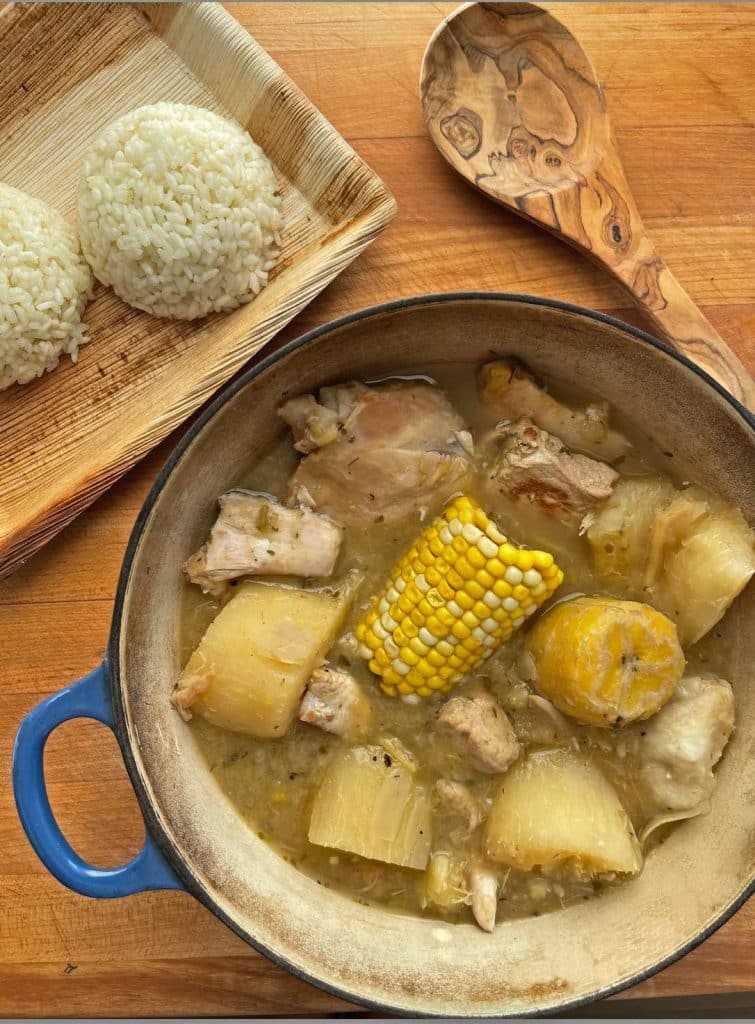
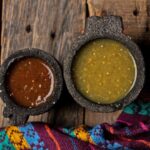
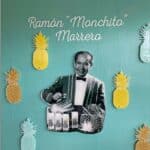

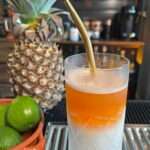
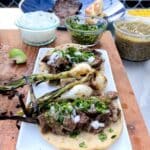
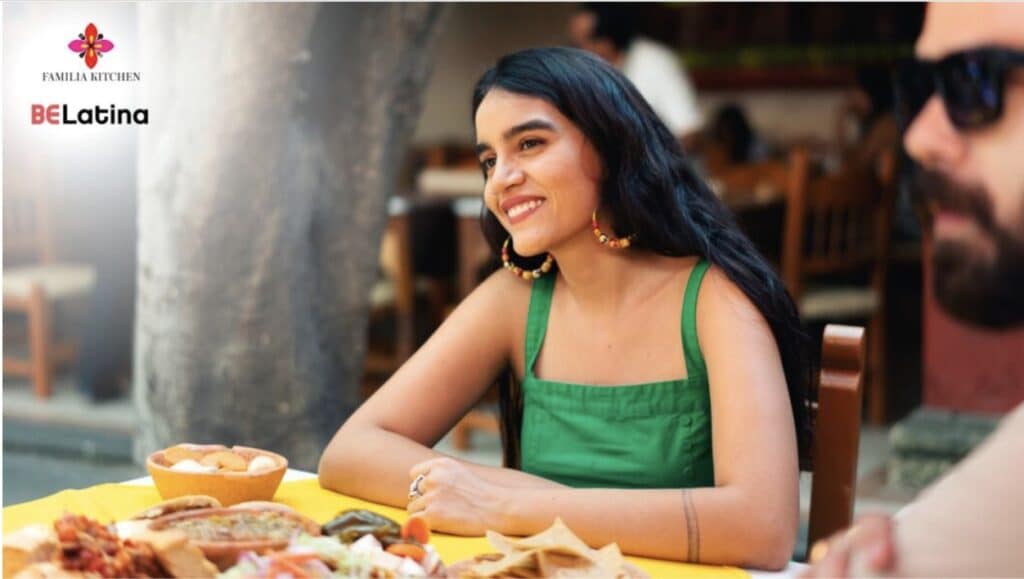
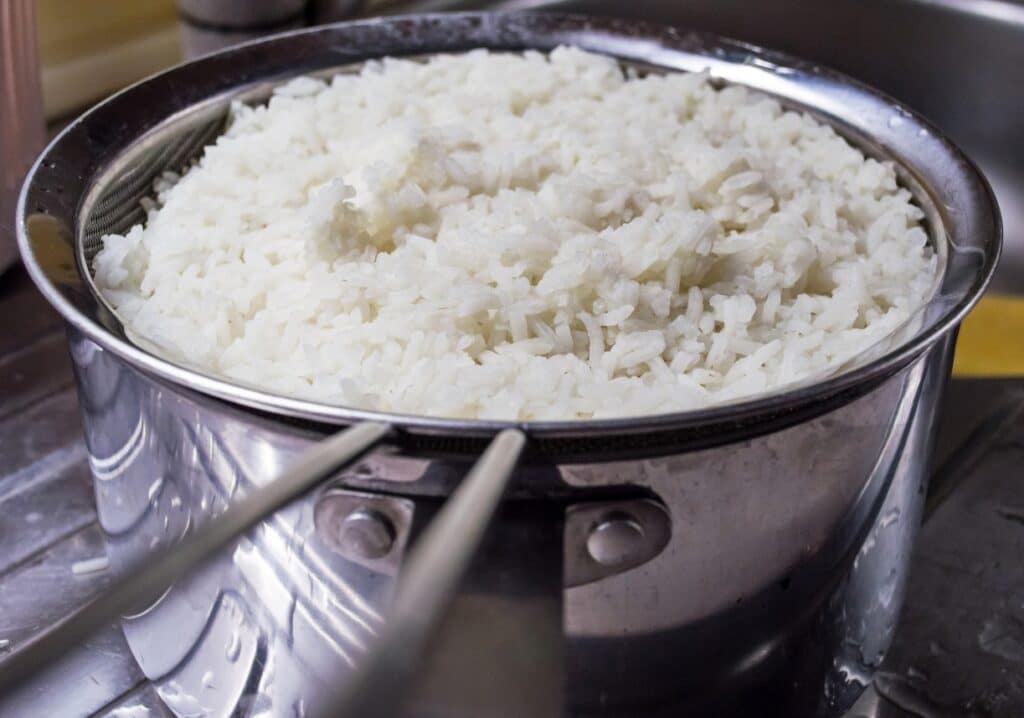

Got a question or suggestion?
Please rate this recipe and leave any tips, substitutions, or Qs you have!